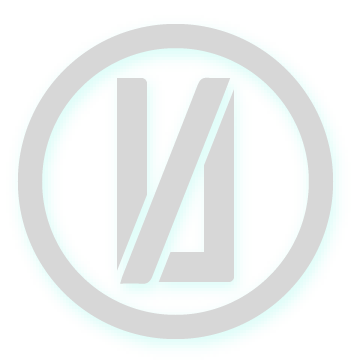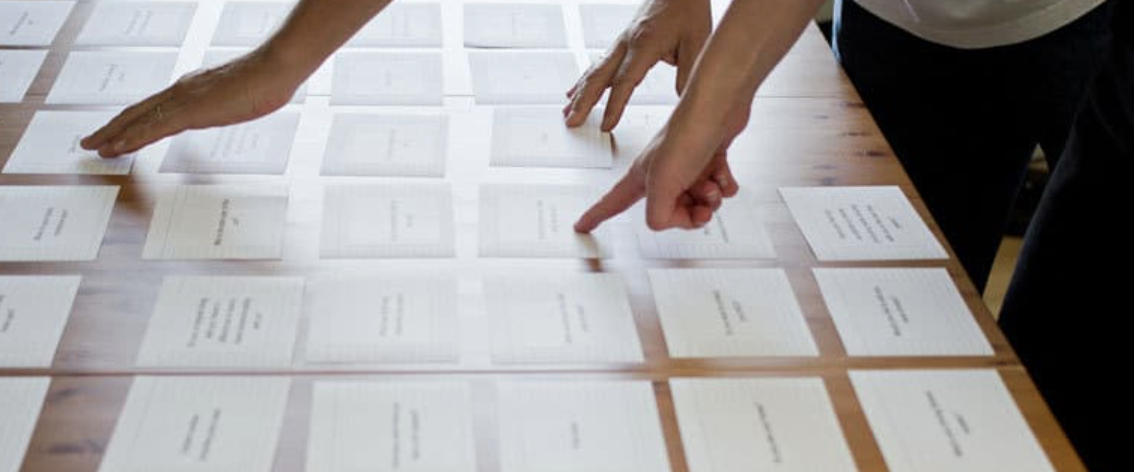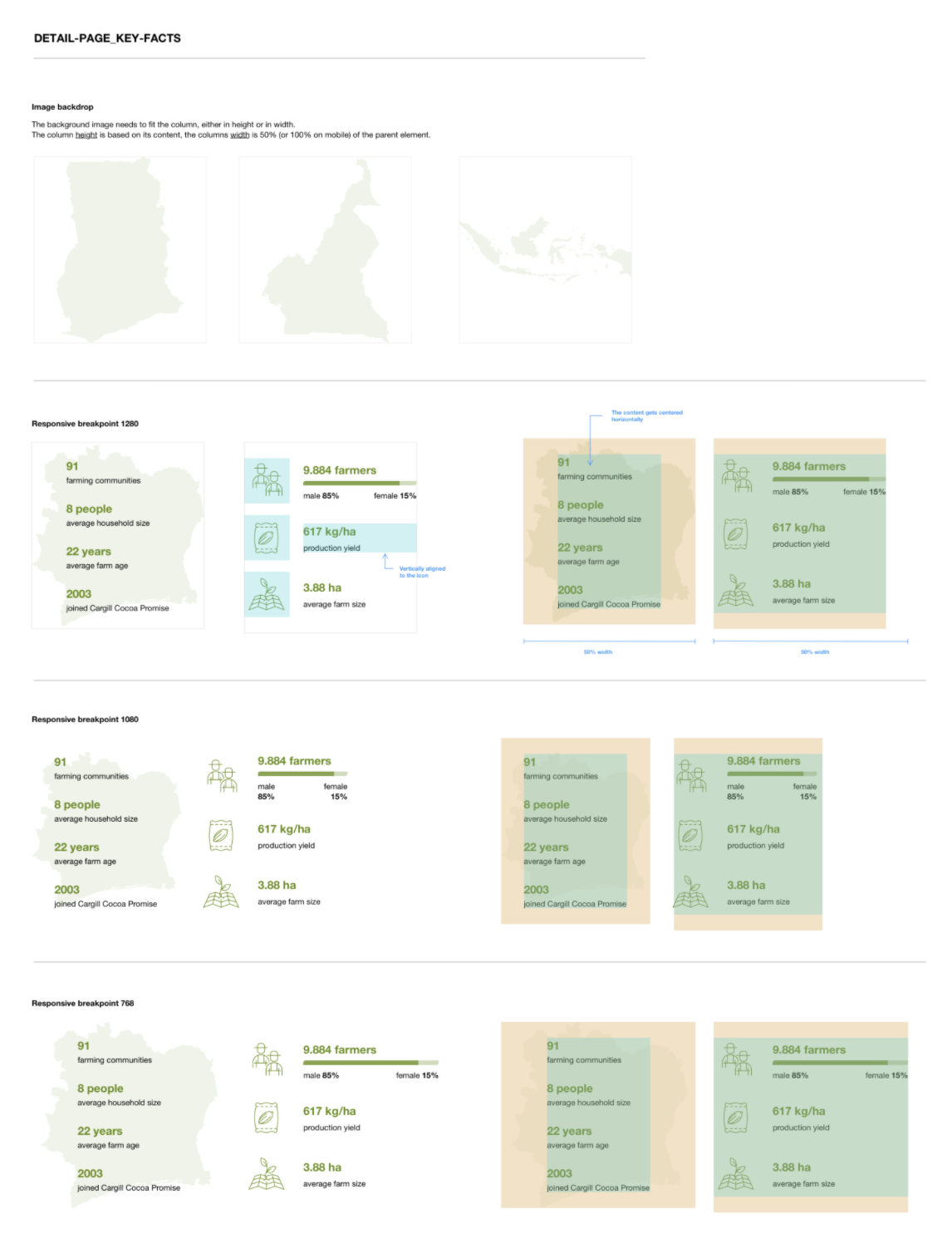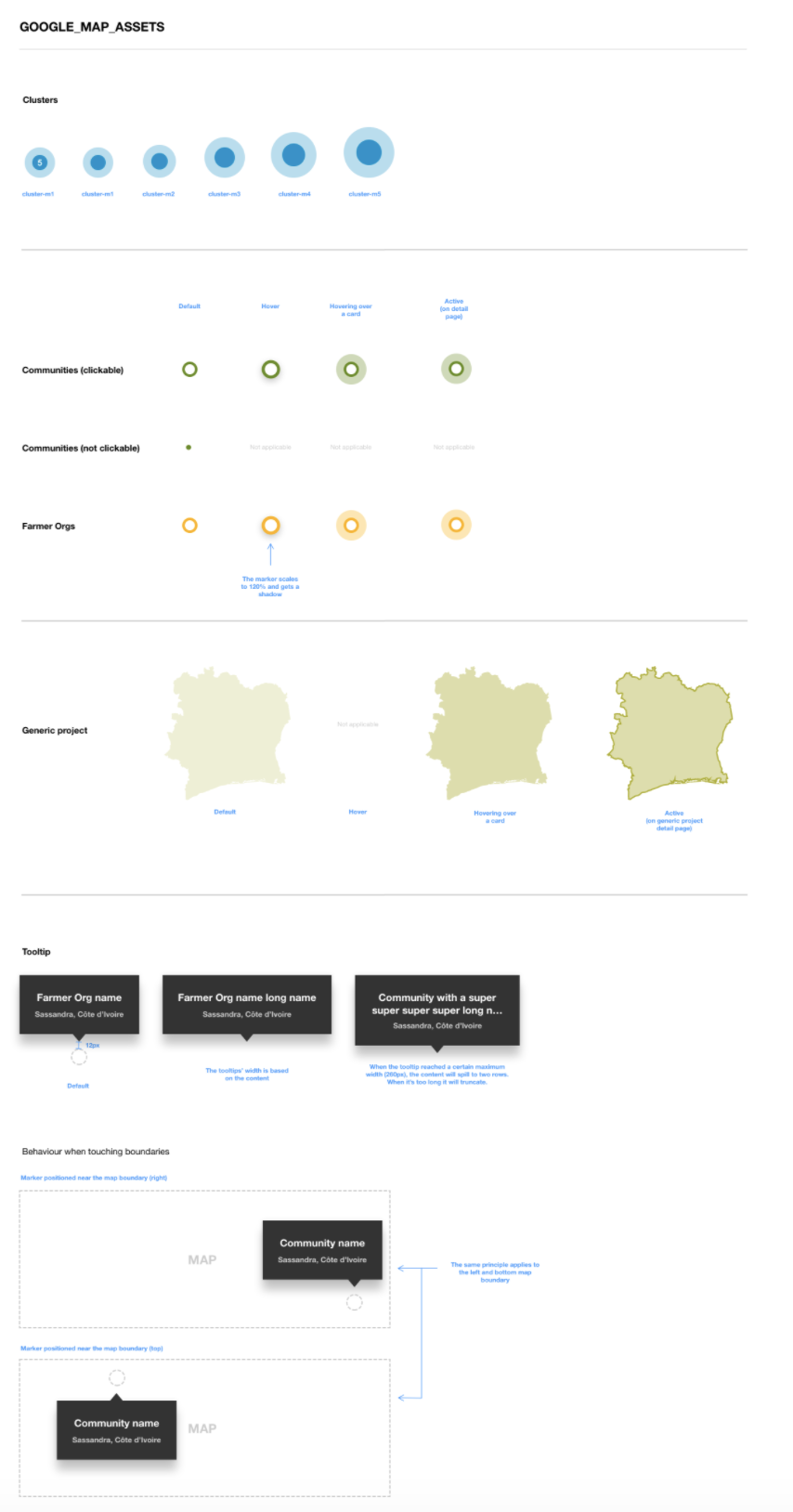CARGILL / Sustainability Reporting Portal
Problem
As a global food supply giant, Cargill supports the United Nations Sustainable Development Goals (SDGs). The SDGs are a collection of 17 interlinked global goals designed to be a "blueprint to achieve a better and more sustainable future for all". They are lofty concepts that generate challenges when applying to a digital product.
To connect consumers with the journey of the products they are eating and drinking, Cargill wants to build a digital portal that provides a lens through which food and beverage manufacturers have increased knowledge and shareability into the origin of the products they source from Cargill’s direct supply chain. The initial product is focused on Cocoa, with future iterations for other products with much need for ecological protection, like Palm Oil and Sugar.
Over the years, many products for various different personas had been built, causing a disjointed user experience for different line of products in the Cargill Food portal. My design agency (Publicis Sapient) was brought in as a partner to create a new solution.
Process
INTAKE
I started the process with studying 3 existing personas and their pain points: Cargill’s business customers who are interested in tracking Sustainability, Cargill’s B2C customers, and Cargill’s farm partners in ecologically important area for conservation.
Because the team must create a Minimum Lovable Product to meet deadlines, I facilitated card sort sessions to determine which functionalities is the most important to build. The team made an important decision to take off the B2C persona from MVP, in order to get the project off the ground.
Analyze
With the product team and in-house researchers, we sat down in a workshop to review and update the existing journey map for the B2B persona.
It later developed into a full experience map, which captured the user’s journey and emotional results with each touchpoint they perform within the Food platform.
From here we could decide what actions and features were crucial and beneficial, and together with Product team, designed a site map of a Sustainability feature that fit within the eCommerce portal.
The feature is divided into 3 section: My Program - where B2B customers see the social program their purchase dollars sponsor, My Finances - financial reporting for financial transparency, and My Product - where they can track the product they purchase through the supply chain and make more sustainable buying decision.
Ideate and execution
Then, I led the design creation process with a junior designer and research team. We designed, reviewed, held feedback session with key stakeholders. Once designs started to materialize I validated the design with a moderated remote usability study, and stayed on part time to support development. View the showcase on zeplin here.
We added new components to Cargill existing design system, like maps and data viz, and revamped basic components like navigation, image list, card and tool tips to help with usability issues.
Examples of new components for Cargill design system:
Key Features
“MY PROGRAM” - Supply chain transparency
Within the Program section, Supply Chain Transparency is an interactive map and lists that shows the name and location of the cooperative offices and source farms in ecologically important regions. The goal is for B2B customers (and eventually B2C customers) to get to know the folks who grow their products, and build a system of support for them.
Below are an example of a profile of a farm coop that participate in the program. B2B and B2C customers can look up the statistic, progress of sustainability goals, see the map to track the origin of their products.
“MY PRODUCT” - SUPPLY CHAIN TRACKER
Within the Product section, B2B customer can track a journey of the bean they purchase. Using this feature, they can physically track the cocoa beans through the supply chain back to the individual farm via cocoa bag barcodes; to prevent beans from deforested areas to enter Cargill supply chain - as well as to help them make better data-driven business decisions, like making purchase decision base on volumes they previously purchase from a certain regions.
FINANCIAL TRANSPARENCY
To support local farmers, Cargill created digital tools supporting farmers to able to make informed decisions based on economy and market access information, get financial assistance for meeting standards on sustainable practices.
We designed the new features within existing Cargill customer mobile app, CargillAg. The app was previously released to support farmers in other product lines (like Soy Beans in N America), its content was localized to support cocoa and cocoa sustainability tracking.
On the B2B customer side, we created a finance trackers to show how much the B2B customers have invested in Sustainability Premiums. They can see how much the cash has been spent on farmer education, gender equality development, and other important sustainability goals.
Results
BIG WIN FOR THE ENVIRONMENT
• Cargill provided the large cocoa and chocolate market a new approach to give food supply chain data transparency, and encourage fair trade practices.
• Cargill solidified client relationships with 1200+ local farms and suppliers, building trust and helping them sustain quality income, while conserving the environment.
• Personally, I am grateful for a chance to make a small impact with my UX work, helping a corporate giant in sustainable business practice. The project also taught me a lot in design leadership in a challenging agency/client environment.













